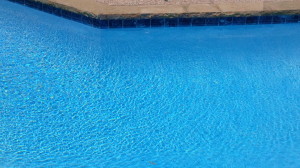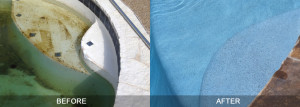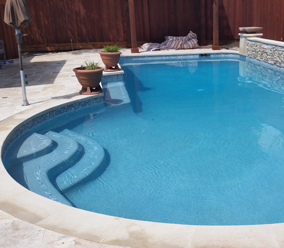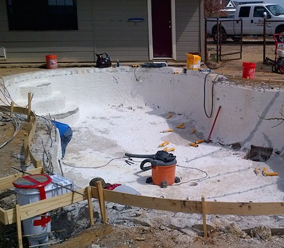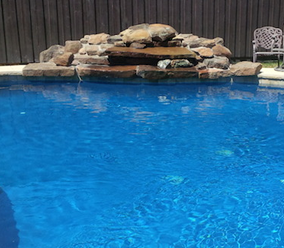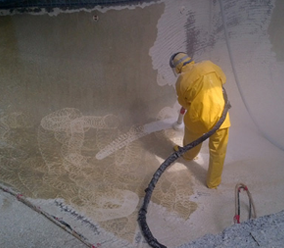50% Quartz is better than white plaster.
In one of the tests performed at the National Pool Industry Research Center, 50% Quartz finishes were evaluated to determine if they perform better than standard plaster. The testing was done to see at what ratio the quartz addition improved the performance of the finish, if at all.
The testing reported a 30% reduction in surface deterioration in quartz mixes of at least 50% when compared to standard plaster with no quartz additions. This means that less surface deterioration occurs in plaster finishes that have 50% of the aggregate weight as quartz. Quartz is inert and will not react with water chemistry. 50% Quartz will perform better than standard plaster.
Quartz finishes of at least 50% will improve the performance of your plaster investment as compared to standard plaster. You can chose from a variety of colors, however most choose blue quartz. The 50% quartz will not only improve the performance (as long as it is at least 50%) of that finish but will also give the water a hint of color.
The addition of quartz at a lesser concentration than 50% quartz will not offer any quality benefit. Just like adding dye to standard plaster, it will only add to the cost of the plaster investment. You need at least 50% quartz to improve the performance of the plaster finish.
In order to receive the best benefit of a quartz additive to your plaster investment a 100% quartz finish is the right decision. Though a 50% Quartz will improve your finish as compared to a standard plaster, a 100% quartz finish will be as good as any finish you could invest in for your pool.
It is ultimately up to you how long a plaster finish lasts in your pool. It cannot be over stated how important balanced water chemistry is relative to the long term success of your plaster finish



